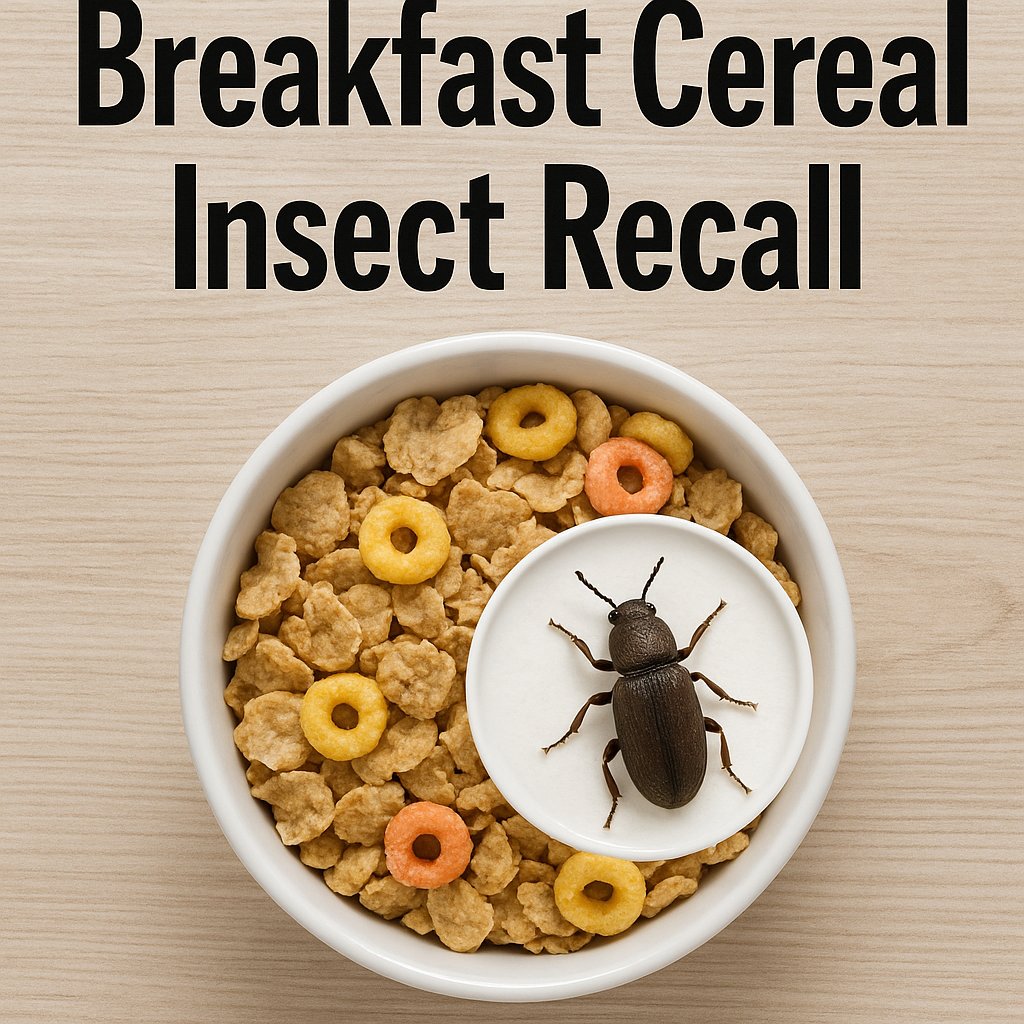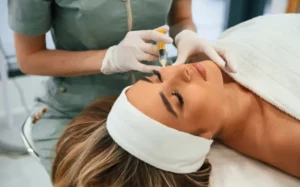Breakfast Cereal Insect Recall: Everything You Need to Know About This Surprising Food Safety Issue
Breakfast cereal is one of the most popular breakfast choices around the world. From sweet, colorful options that children love to healthy whole‑grain varieties for adults, cereal has become a morning staple in countless households. But imagine pouring your favorite cereal into a bowl, only to discover something crawling — or worse, already mixed in. That unsettling thought became a reality for some consumers when reports of a breakfast cereal insect recall began to surface.
This article dives deep into what this recall means, why it happens, how insects end up in packaged foods, and what you can do to protect your household.
What is a Breakfast Cereal Insect Recall?
A breakfast cereal insect recall happens when a manufacturer or food safety authority finds that certain batches of cereal have been contaminated with insects or insect parts, prompting the removal of those products from the market.
The contamination may involve:
-
Live insects like beetles or moth larvae
-
Insect fragments that exceed FDA safety limits
-
Egg casings or webbing left behind by pests
Although this sounds alarming, recalls are part of standard food safety practices and are actually a good sign that the system is working to protect consumers.
How Do Insects Get Into Breakfast Cereal?
Many people assume food production is entirely sterile, but the reality is that cereal is made from agricultural products — mainly grains — that are naturally susceptible to pests. Even with high‑tech processing plants, insects can make their way into the food supply chain.
Grain Storage
Before cereal production even begins, raw grains are stored in massive silos. If these silos are not perfectly sealed, pests like weevils, beetles, and moths can infest the grain supply.
Transportation Risks
Grains are shipped long distances from farms to processing plants. Any breach in container security during shipping can allow insects to infiltrate.
Processing and Packaging
Factories use machines to process and package cereal at high speeds. While these facilities have pest‑control measures, it is still possible for insects to slip through if there’s an undetected breach.
Warehouse and Retail Storage
Even after cereal is sealed, poor storage conditions in warehouses or retail stores can invite pests, especially if packaging is damaged.
Why Insects in Food Are a Serious Issue
While the FDA does allow for tiny amounts of natural contaminants in foods — including insect fragments — excessive contamination becomes a safety concern.
Large amounts of insects or visible live pests can:
-
Indicate poor storage or handling practices
-
Cause allergic reactions in sensitive individuals
-
Lead to foodborne illness if insects carry bacteria
-
Damage consumer trust in food brands
When contamination reaches this level, a breakfast cereal insect recall is necessary to protect public health.
How Recalls Are Triggered
Recalls can begin in a few different ways:
-
Consumer Complaints – Customers report finding insects in their cereal.
-
Routine Inspections – Regulatory agencies like the FDA or USDA discover contamination during random checks.
-
Internal Quality Control – The company itself identifies contamination during testing.
-
Independent Testing – Third‑party labs or watchdog groups detect problems and alert authorities.
Once contamination is confirmed, the company must notify the public and take immediate steps to remove the affected products from circulation.
Recent Examples of Breakfast Cereal Insect Recalls
Though rare compared to the billions of cereal boxes produced each year, recalls due to insects have happened. Examples include:
-
Flour Beetles in Corn Cereal – A major brand once recalled a large batch after discovering flour beetles had infested part of the supply.
-
Moth Larvae in Whole‑Grain Cereal – Reports of larvae and webbing led to a targeted recall in certain states.
-
Excessive Insect Fragments – A recall was issued when testing showed insect fragment counts well above allowable limits.
These incidents underline that contamination is possible even in well‑known brands with strict manufacturing standards.
The Recall Process Step by Step
When a breakfast cereal insect recall happens, the process usually follows this pattern:
Investigation
The company investigates the source of the contamination — whether it happened during farming, storage, processing, or distribution.
Notification of Authorities
Manufacturers contact the FDA or relevant food safety agencies to officially report the contamination.
Public Announcement
The company issues a recall notice through press releases, websites, and sometimes social media posts to alert consumers.
Removal from Shelves
Retailers pull the affected cereal from stores to prevent further sales.
Refunds or Replacements
Consumers are told how to return or dispose of recalled cereal for a refund or exchange.
What Consumers Should Do If They Have Recalled Cereal
If you discover that a cereal you purchased is part of a recall, here are your next steps:
-
Stop Eating It – Do not consume the product.
-
Check Recall Details – Look up the recall notice to match product codes, expiration dates, and batch numbers.
-
Contact the Manufacturer – Use their hotline or website to request a refund or replacement.
-
Dispose of the Product – Follow the instructions provided in the recall notice for safe disposal.
How to Prevent Buying Contaminated Cereal
While you can’t eliminate the risk entirely, you can reduce it significantly:
-
Check Packaging Carefully – Avoid boxes with rips, tears, or crushed areas.
-
Buy from Reputable Stores – Choose retailers known for good storage practices.
-
Inspect Before Eating – Pour cereal into a bowl before adding milk to spot anything unusual.
-
Use Airtight Storage – Once opened, transfer cereal into airtight containers to block pests.
Industry Measures to Prevent Contamination
Manufacturers and suppliers work hard to avoid recalls through:
-
Advanced pest‑control systems in grain silos
-
Routine fumigation and cleaning
-
Sealed, tamper‑proof packaging
-
Continuous employee training on contamination prevention
-
Automated scanning technology to detect foreign materials
Some companies even use AI‑powered cameras to spot microscopic contaminants before products leave the factory.
Read also: Tony Snell Net Worth: Career Earnings, Life Story, and Financial Journey
Final Thoughts
A breakfast cereal insect recall is unsettling, but it’s also a sign that the food safety system is doing its job. While insect contamination is relatively rare, the reality is that grains are a natural food source for pests, and no production system can guarantee zero contamination.
The best approach for consumers is to stay informed about recalls, check packaging carefully, and store cereal properly at home. Manufacturers continue to invest in technology and safety measures to keep contamination risks as low as possible.
So while the occasional recall may make headlines, your morning bowl of cereal is still one of the safest — and quickest — breakfast options you can enjoy.














Post Comment